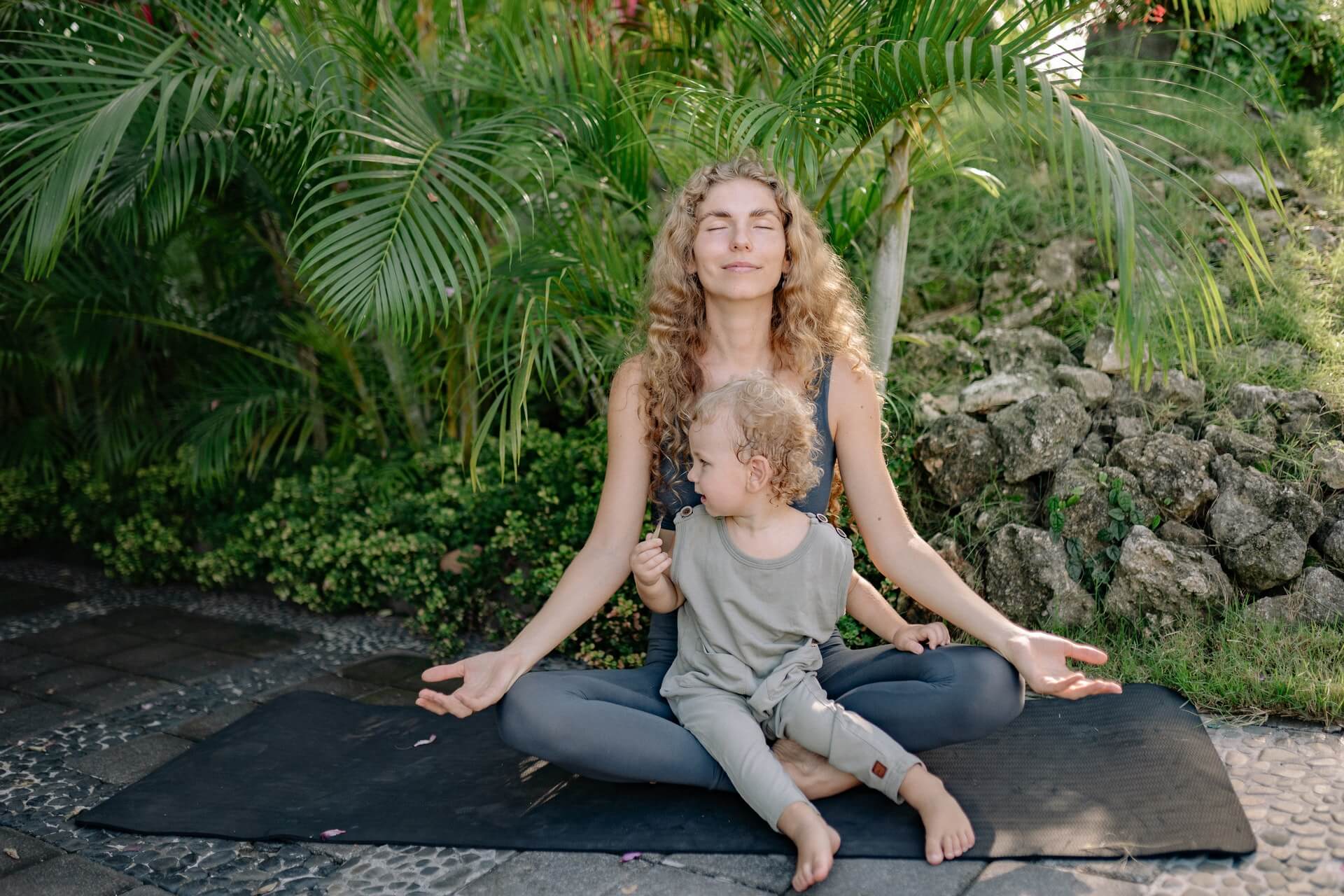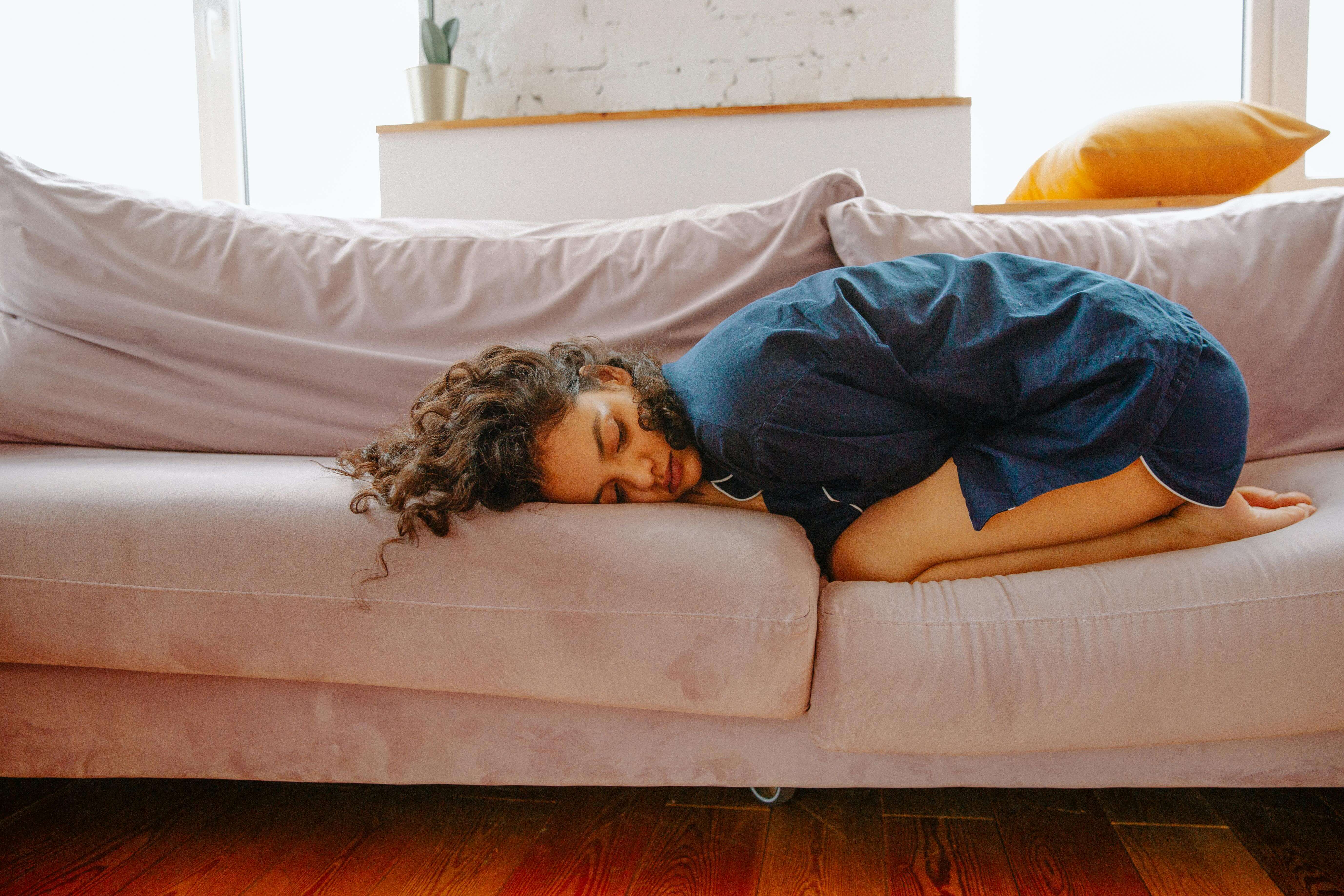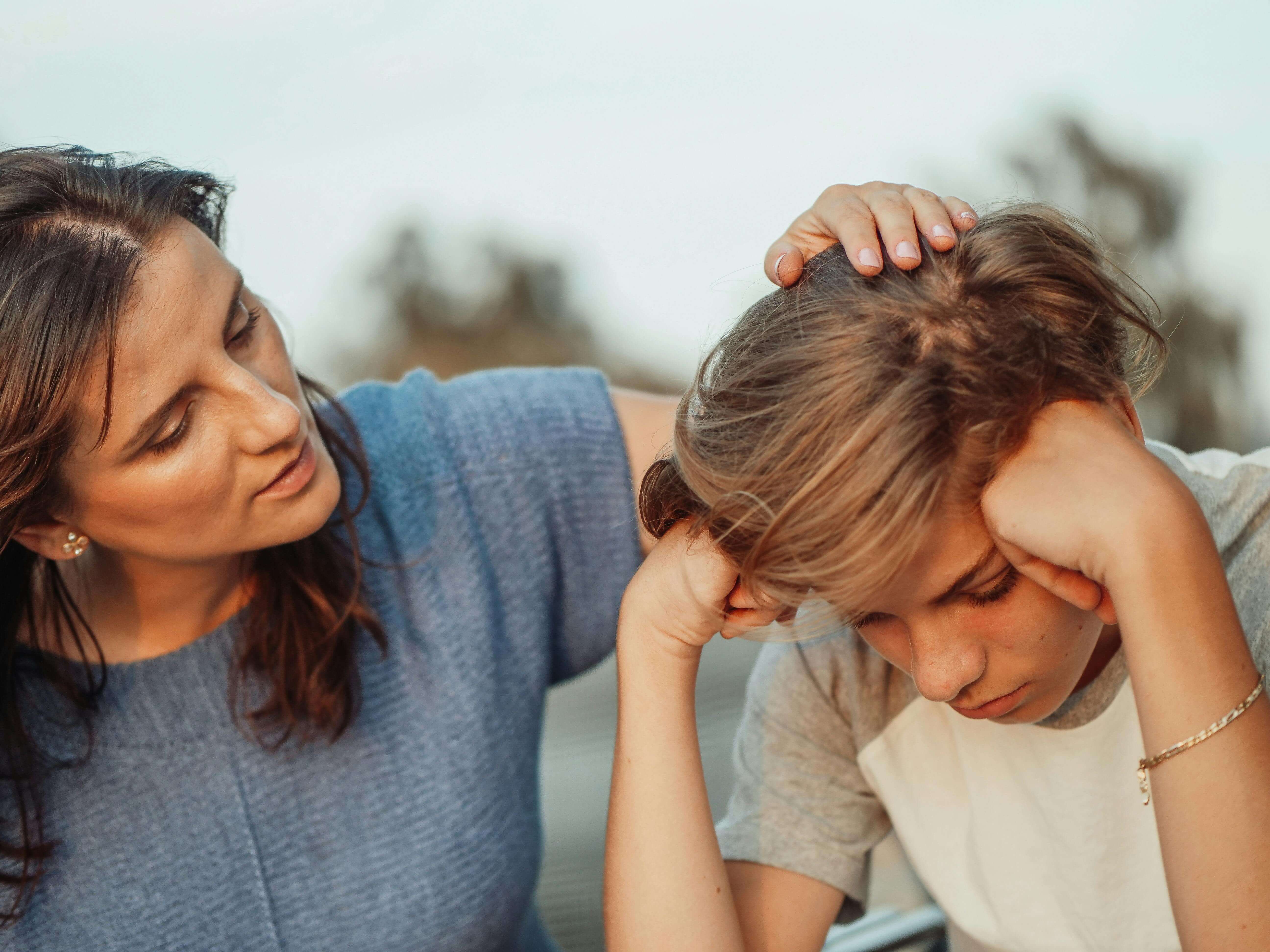Beneficial Effects of Meditation on Children’s Brain
Learn the beneficial effects of meditation on children’s brains backed up by scientific research. Our children live in a time different from ours. Experts say that we should give our children opportunities to meditate often and open up their minds. Levels of stress, anxiety, and restlessness in modern children are rising alarmingly. However, the percentage of children in the U.S who benefit from meditation is still as low as 1.6.
Meditation is now widely recognized as having mental and physical benefits in children and adults. Meditation teacher Catherine Wild says that children should be taught about the benefits of meditation and yoga at an early age to start benefiting from them as early as possible. Experts and studies tell that children who meditate develop strong positive personality traits are good at self-control, are more attentive, empathetic, and respectful to others. Furthermore, meditation and mindfulness exercises help children cope up with stress, depression, and hyperactivity.
Here are some of the significant benefits of introducing your children to mindful meditation.
Improved focus
With the advent of technology, gadgets, the internet, and social media, our lives have become very fast within such a short time. It is a more significant challenge for our children because they have to learn to cope with this lifestyle and focus on one thing at a time. Introducing our children to mindful meditation at an early age will help enhance their focus on better and productive things like reading, writing, and playing instead of getting distracted by video games and social media applications. Studies have also shown that mindfulness meditation practices positively affected neuropsychological measures and behavioral symptoms in children with Attention deficit hyperactivity disorder (ADHD)
Boost in self-esteem
With the changing world, pressures and circumstances sometimes push our children to pits of anxiety and depression. Experiences like bullying, curricular competition, and social media life can build insecurities in children. Meditation teaches the children to stay confident and boosts their feelings of security, self-esteem, love, and compassion.
Enhanced confidence
Medication teaches children to gain self-awareness, be more mindful of their surroundings and be more confident. Our children learn to control their reactions, respond in particular situations, adapt to their environment, and become better problem solvers. The ability to deal with challenges makes children more confident and competitive.
Empathy
Childhood is all about love, compassion, and empathy. According to a study in Slate Magazine, mindful meditation, when practiced among children, making them more attentive and caring. Meditation teaches children about sharing, understanding, and help. They become empathetic and good problem solvers.


Happiness
Clear minds are happy minds! Mindful children are aware of all the ways to keep themselves focused, attentive, stress-free, healthy, and content. Therefore, mindful meditation helps make children feel comfortable from the core. A perspective published by Cambridge University Press asserts how mindfulness meditation has a role in reducing stress, fear, and anxiety during uncertain times as covid-19 pandemic. Researchers found that there has been a considerable drop in cortisol level (the stress hormone) by practicing mindfulness meditation.
How can we incorporate mindfulness training into children’s schedules?
The right way to implement mindfulness among children is to make an integrated social and emotional approach. Therefore, the best practice is to transform school culture and introduce mindful learning in schools’ schedules. Teachers can make meditation and mindful learning a part of curriculum-based activities. Teaching mindfulness in class is a necessity because this is where our children learn the most.
Mindful Breathing
Children should be taught to take slow and deep breaths in times of stress and anxiety. Mindful breathing will help them feel calm and composed. Teachers should first try conscious breathing themselves and then introduce it to their students.
Mindful sensory experiences
Teachers should introduce children to relaxing sounds in their surroundings and tell them to focus on these sounds when they feel stressed. Children can also experience soft touch like cotton that helps them feel relaxed. Therefore, conscious sensory experiences also help children feel calm and controlled. Interestingly various apps guide the children to practice mindfulness that helps them stay calm and regulated.
Mindfulness Activities
Kids and adults can benefit from using the mindfulness activity cards, a great tool that teachers can utilize during class activities. It is never too late to introduce mediation apps to kids, such as Moshi, HeadSpace, Calm. Such apps have been proven to rewire kid’s brains, help them improve their focus, and reduce their anxiety and stress. Studies have shown that several parents have found such apps help to improve sleep and reduce anxiety. Building mindfulness practice helps the children own and understand their emotions.
Introduce yoga classes
We should make yoga classes a part of the school curriculum. It is a form of mindfulness through movement. Yoga steps will add simple exercises to a school day and help children appreciate the calms and peace in their environment. Children can practice yoga in their classrooms on school grounds. Thus, yoga is not just a fancy form of workout made only for adults. It is a healing process that helps reform individuals and heals them mentally, physically, emotionally, and spiritually. Moreover, its benefits for children are countless. Introducing mindful learning to children at an early age will benefit them now and in the long run.






Leave a Reply